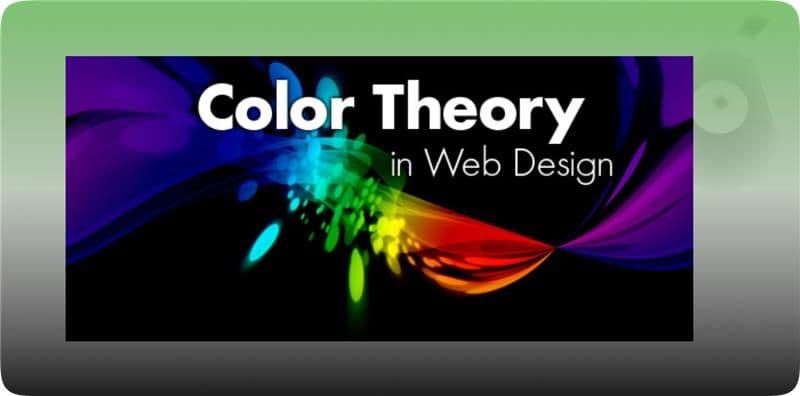The Core Components of Color Theory
The Designer's Tool: The Color Wheel
- Primary Colors (Red, Yellow, Blue): Cannot be created by mixing other colors.
- Secondary Colors (Orange, Green, Purple): Created by mixing two primary colors.
- Tertiary Colors: Created by mixing a primary color with an adjacent secondary color (e.g., Red-Orange).
- Monochromatic: Uses multiple tints, tones, and shades of a single hue for a clean, harmonious look.
- Analogous: Uses three colors that are next to each other on the color wheel, which is popular for creating calm and comfortable designs.
- Complementary: Uses two colors directly opposite each other on the wheel (e.g., Blue and Orange). This scheme offers the highest contrast, making it perfect for drawing attention to critical elements like Calls to Action (CTAs).
- Triadic: Uses three colors evenly spaced around the color wheel, offering vibrant contrast while maintaining balance.
Practical Application: Color Schemes and Hierarchy
The 60-30-10 Rule for Perfect Balance
- 60% Dominant Color: This is your primary hue, often used for backgrounds, main content areas, and large elements. It establishes the site's overall mood and tone.
- 30% Secondary Color: This supporting color is used to provide contrast and visual interest. It's typically applied to headers, supporting content, and navigation menus.
- 10% Accent Color: This is the pop of color, often a complementary shade, reserved exclusively for the most critical elements you want users to notice and interact with, such as submission buttons, links, and high-priority alerts.

